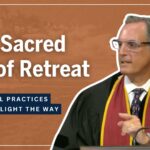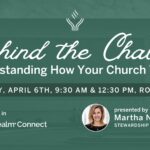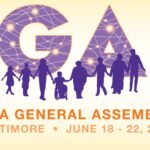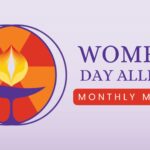Whose Dream? | Rev. Beth Dana | 01.14.23

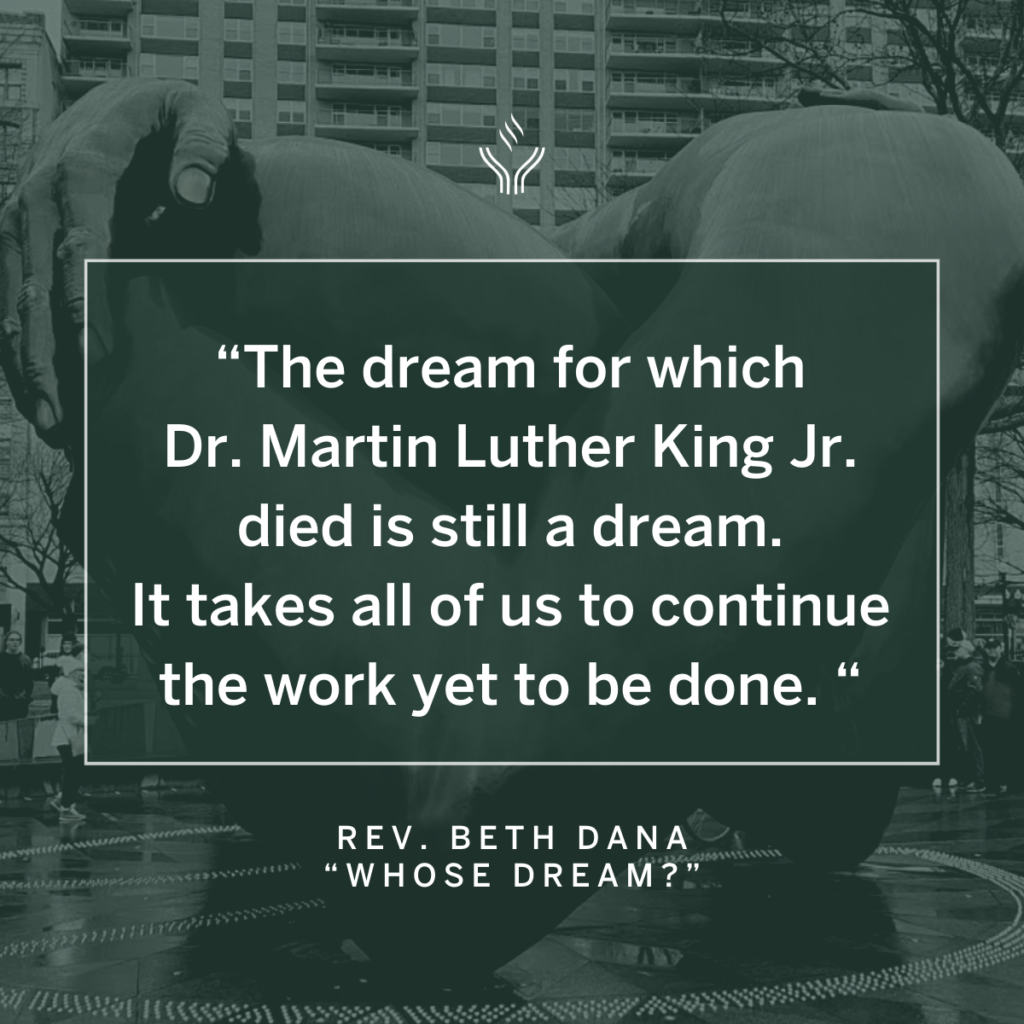
We honor the life and legacy of Rev. Dr. Martin Luther King, Jr. and recommit ourselves to the vision and the work of Beloved Community.
Sermon Transcript
“The Embrace” sculpture and its significance
Last June, our church’s annual ninth grade heritage trip to Boston, we added a new stop to our pilgrimage, The Embrace. Let’s see it up there. The Embrace is a bronze sculpture by Hank Willis Thomas, commemorating the Reverend Dr. Martin Luther King Jr. and Coretta Scott King. It’s modeled after a famous photo of the two embracing after he was awarded the Nobel Peace Prize in 1964.
The sculpture was unveiled just last year, in January of 2023, just a few months before our visit. It sits on Boston Common, the oldest city park in the United States near the gazebo from which King gave a famous speech on a rainy April day in 1965. On this rainy day in June 2023, our teens visited the sculpture. I gave them some context and then I invited them to walk around it silently, exploring the sculpture and the memorial walls surrounding it.
And I asked them, “What does it look like to you?” In a literal sense, it is four intertwined arms. The artist intended it to represent the love between Martin and Coretta as well as their vision of beloved community. After spending a few minutes in silence, the group of teens came back together and one pointed out that from every angle it looks like a heart. An astute observation considering the fact that at the unveiling event, the King’s daughter described the sculpture as 360 degrees of love.
The Love People
Some people have called Unitarian Universalists the love people, particularly since the launch of our denominations Side with Love campaign, with its garish, yet eye-catching goldenrod T-shirts. Does anybody have one of those? A few of you. Side with Love is a public advocacy campaign that seeks to harness love’s power to stop oppression, and challenges us by asking, “What is love calling you to do?”
Under its banner, Unitarian Universalists have shown up to peace marches, Black Lives Matter rallies, Pride parades, and more, speaking out against injustice all over the country, using our collective power and our presence for good. I bet you could go to almost any Martin Luther King Day parade this weekend anywhere around the country and see at least one of those bright Side with Love T-shirts.
Analysis of King’s speeches and sermons shows that the most common sources of his quotations were first the Bible, second, documents and songs of American patriotism and third, Unitarian hymns and sermons. Does anyone know the famous King quote that he borrowed from a Unitarian minister? “The arc of the moral universe is long, but it bends towards justice,” wrote Unitarian Minister Theodore Parker in 1853.
It’s no coincidence that Unitarian references showed up in King’s work. While he was pursuing his doctorate at Boston University, he and Coretta attended Arlington Street Church, a historic Unitarian church in Boston. He gave the eulogy at the 1965 funeral of the Reverend James Reeb, a white Unitarian minister who was killed by white supremacists in Selma, Alabama, where he had showed up to March with Dr. King.
The next year, King was also the distinguished Ware lecturer at the Unitarian Universalist General Assembly. He was drawn to Unitarianisms liberal theology, but he found that it was challenging to integrate Unitarianism with his ministry in Black communities. So he left it behind and affiliated with Black Baptist church institutions. I’ll talk more about his theological struggle in a little bit.
Criticisms of “The Embrace” and reflections on Boston’s racial history
But The Embrace, with its prominent location, its enormous bronze form, and its 360 degree depiction of love is a monument to both power and love. As King said himself, “Power without love is reckless and abusive and love without power is sentimental and anemic. Power at its best is love implementing the demands of justice and justice at its best is power correcting everything that stands against love.”
Many have criticized The Embrace in light of Boston’s difficult racial history, suggesting that its installation and the fanfare around it are performative altruism. As our reading for today, “A Dead Man’s Dream“ by Carl Wendell Hines Jr. points out, King can’t rise up to challenge the image that we have fashioned and it is easier to build monuments than to build a better world.
We can honor a dead man with this sculpture and with the national holiday that we mark this weekend, but can we carry on his dream? That’s the question. The dream for which King died is still a dream and it takes all of us to continue the work yet to be done. One of King’s contemporaries who carried on his dream long after King’s assassination at the young age of 39 was John Lewis who built on his civil rights leadership experience to serve as a US congressman for over 33 years.
Walking with the Wind: John Lewis’ Story
I want to share with you a story from John Lewis’s childhood, which he included in his memoir entitled, Walking With the Wind. He said it was a typical Saturday at his Aunt Seneva’s house. There were about 15 children playing in her dirt yard when all of a sudden the sky clouded over, the wind picked up and lightning flashed off in the distance.
As the sky got darker and the wind blew harder, Seneva herded all 15 children into her rather small house, which felt even smaller with so many people squeezed in. Can you picture it? The house was surprisingly quiet except for the howling wind and the shaking windows because everyone was terrified. As the storm got worse and worse, the house swayed. The wood plank flooring began to bend and a corner of the room started to lift.
His Aunt Seneva told them to line up and clasp hands and do as they were told, and you have never seen such an obedient group of children. She then led them as a group toward the corner of the room that was rising. They walked from the kitchen to the front of the house and then back in the other direction, always toward the part of the house that was lifting up off the ground.
“And so it went,” Lewis said, “Back and forth, 15 children walking with the wind, holding that trembling house down with the weight of our small bodies.” As John Lewis grew up and became a civil rights leader and politician, he reflected on that experience and how our society is not unlike the children in that house, rocked again and again by the winds of one storm or another feeling as if it might fly apart at any moment.
But he said the people of conscience never left the house. They never ran away. They stayed. They came together and they did the best they could. Clasping hands and moving toward the corner of the house that was the weakest. And we do this over and over again, don’t we? In one storm or another. And because of this, the house still stands. Has our society forgotten King’s dream or are the people of conscience still in the house?
Balancing Reason, Faith, Intellect, and Experience in Justice Work
As Unitarian Universalists, we are a people of conscience, always seeking to listen to and follow that still small voice inside guiding us toward what is true and good and just. It calls us to speak up for what’s important, to speak the truth even when it’s risky and to do as Lewis and King did and to make good trouble. This is part of what drew King to Unitarianism.
In his essay Pilgrimage to Non-violence, King wrote, “There’s one phase of liberalism that I hope to cherish always, it’s devotion to the search for truth, it’s refusal to abandon the best light of reason. It was the liberal doctrine of man that I began to question. The more I observed the tragedies of history and man’s shameful inclination to choose the low road, the more I came to see the depths and strength of sin.
I came to feel that liberalism had been all too sentimental concerning human nature and that it leaned toward a false idealism. I also came to see that liberalism’s superficial optimism concerning human nature caused it to overlook the fact that reason is darkened by sin. Liberalism failed to see that reason by itself is little more than an instrument to justify man’s defensive ways of thinking. Reason devoid of the purifying power of faith can never free itself from distortions and rationalizations.”
Unitarian Universalism’s emphasis on reason and conscience spoke to him, but he could not embrace what he viewed as an overly optimistic and falsely idealistic view of humanity. He embraced the use of reason in religion, but he also wanted his religion to take sin seriously and to assure him of a God that is with him and with those who are suffering. King said religious experience is not an intellectual formulation about God. It is a lasting acquaintance with God.
Faith in a God who stuck with people despite their mistakes and failures and the bond between King and other Black Americans were the sources of his power and the grounding of his passion for justice. He could not let those go, so he walked with the wind using that power and joining with others to stabilize and strengthen the parts of the house that were the weakest. We would do well to remember this as we engage in justice work today, always mindful of how we balance reason and faith, intellect and experience, mind and heart, striving to connect and to love beyond belief.
We are love people. We are conscientious people and we are very relational people. King’s theology was Unitarian Universalist in so many ways. He spoke about the interdependence that we now name in our seventh Unitarian Universalist principle.
In his Ware lecture to our General Assembly he said, “All I’m saying is this, that all life is interrelated and somehow we are all tied together. For some strange reason, I can never be what I ought to be until you are what you ought to be. And you can never be what you ought to be until I am what I ought to be. This is the interrelated structure of all reality,” he said.
Dreaming with Eyes Wide Open
We are love people. We are conscientious people. We are relational people, and we are dreaming people. But I’m not talking about sleepy dreams that we have in the night and rarely remember. I’m talking about dreaming with eyes wide open, hearts full of love, spirits that are present and hands that are ready to serve. “Don’t sleep through the revolution,” King warned us. Beloved Community is unfolding all around us and it’s not here yet fully.
We have to keep dreaming it into existence and continue clasping hands and moving toward the corner of the house that needs us to show up the most. Dr. King’s life and career we’re not without imperfection, and he was not as beloved in his lifetime as today’s monuments and memorials they came out to be. He challenged the status quo, such that both activists and institutionalists kept their distance.
The FBI called him the most dangerous man in America. But as our reading today said, he’s safely dead. So we could celebrate and praise him without acknowledging his complexity. Yet these dimensions of King’s life and work are key to his legacy and critical to our work of keeping the dream alive. King pointed out hard truths about the intersections between militarism, capitalism, and racism.
The concept of intersectionality was developed many years after King’s death by Kimberlé Crenshaw, a Black lawyer to explain how we cannot look at any justice issue as if it exists in a vacuum. King was intersectional before there was intersectionality. The struggle for racial justice, economic justice, and labor justice was one in his mind.
Applying intersectionality to contemporary justice issues
We can keep the dream alive today by taking risks, by recognizing and naming the intersections between issues and by walking with the wind. The work that our church does for reproductive rights, I think is a wonderful example of this. As the wind moves and the tides shift in our legislative sea, we have been walking with the wind.
Our repro work has taken many different forms over the years, education, advocacy, direct service, spiritual care, and institution building. The most recent forms include the Travel Program and the Truth Pregnancy Resource Center, the recipients of our Sunday Givebacks this month. These initiatives are responding to institutional and structural injustice at the intersection of race, class, and gender and providing support and care to people that is hard to find these days.
We are all invited to be a part of this work. So as we continue our worship series this month on Activating Your Spiritual Life, we can let the words and the work of Dr. King and other prophetic leaders, including those in our midst here and now, guide us, inspire us, and be a catalyst for change in our spiritual lives. May they move us to commit to change within ourselves and within our communities and our world.
I hope that you will take advantage of the many opportunities here at church to grow and deepen your spiritual life because it is spiritual practice that sustains action, moves us to show up and to be present and helps us to live and thrive in this world and to work for the living and thriving of others.
So many of King’s speeches and sermons contained and ended with a reference to scripture, proclaiming that the dream will not be realized until justice rolls down like waters and righteousness like a mighty stream. He understood that water is life-giving and powerful, that it can quench our spiritual thirst and that its powerful force can move our world toward greater love and justice. May it be so. Amen.



